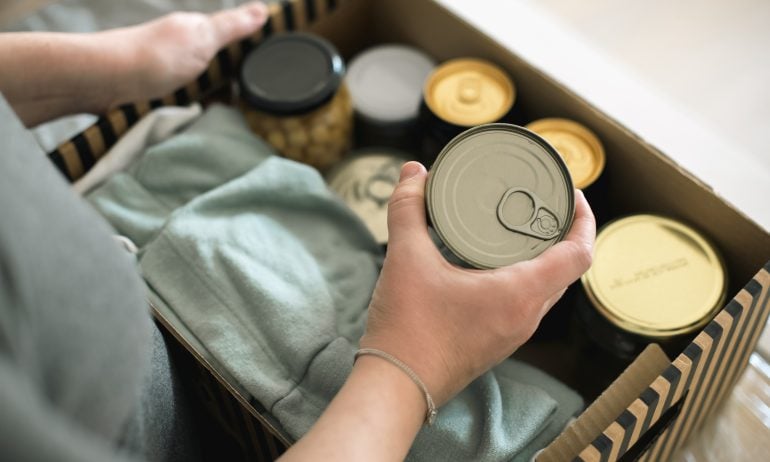What Is Considered Low Income?
A widely used federal guideline defines low income as $15,650 annually for one person and $32,150 for a family of four in 2025.

Many, or all, of the products featured on this page are from our advertising partners who compensate us when you take certain actions on our website or click to take an action on their website. However, this does not influence our evaluations. Our opinions are our own. Here is a list of our partners and here's how we make money.
Defining low income
The definition of "low income" can vary by household size, where you live and even the age of family or household members.
A commonly used definition of low income in the U.S. is the government-established federal poverty level.
The Department of Health and Human Services calculates poverty guidelines, and they used to determine eligibility for a variety of assistance programs from nonprofit organizations, private companies and organizations, and specific federal programs. Examples include:
Children's Health Insurance Program.
Parts of Medicaid.
Parts of Medicare.
These guidelines are adjusted each year for inflation.
In 2025, the federal poverty level definition of low income for a single-person household is $15,650 annually. Each additional person in the household adds to the total. For example, the poverty guideline is $32,150 per year for a family of four.
This standard applies in the 48 contiguous states and the District of Columbia. There are separate guidelines for Alaska and Hawaii that reflect the higher cost of living in those states.
But, because of the many rules of many government policies and programs, defining “low income” can get more complicated.
The measure of low income can vary
Some federal programs will use the HHS guidelines with a multiplier, such as 125%, 150% or 185%, to set eligibility. Nonfederal programs may use an entirely different multiplier.
The threshold for low-income benefits can also depend on the federal, state or local government agency or advocacy organization.
Programs that use the federal poverty level
Here are some of the federal programs that currently rely on the federal poverty level definition of low income — or percentage multiples of it — to define qualification.
Head Start: This program provides early childhood education, health and nutrition services to low-income children and their families.
Low Income Home Energy Assistance Program: This program helps eligible low-income households with their heating and cooling bills.
Supplemental Nutrition Assistance Program: This program assists eligible low-income individuals and families with the purchase of food.
These are just a few, but there are many more:
Department or agency | Programs |
|---|---|
Department of Health and Human Services |
|
Department of Agriculture |
|
Department of Energy |
|
Department of Labor |
|
Department of the Treasury |
|
Corporation for National and Community Service |
|
Legal Services Corporation |
|
Other low-income guidelines and programs to note
The Department of Housing and Urban Development determines the eligibility of applicants for assisted housing programs such as Section 8 by calculating a percentage of the median income for a particular area.
The tax credit for low- to moderate-income working individuals and families, known as the earned income tax credit, does not use the FPL guidelines. Instead, the IRS has an eligibility tool for the EITC.
The Department of Education's Federal TRIO programs — which provide services for disadvantaged and low-income students, as well as first-generation college students and individuals with disabilities — have their own definition of household income to determine eligibility.
How to find local and state low-income assistance programs
There is even more help available to low-income households through some programs that are administered on the state and local level. To find assistance near you, search for your state's department of health and human services.
Another far-reaching resource is 211.org, where a phone call or visit to the website can connect you to resources on a broad range of matters.
If you’re struggling to cover essentials, see our guide to finding help with bills.
Track your subscriptions and bills – all in one place
We make it easy to see upcoming bills, renewals, and recurring subscriptions in one place. See your total monthly spend at a glance, so there are no unwanted surprises.


